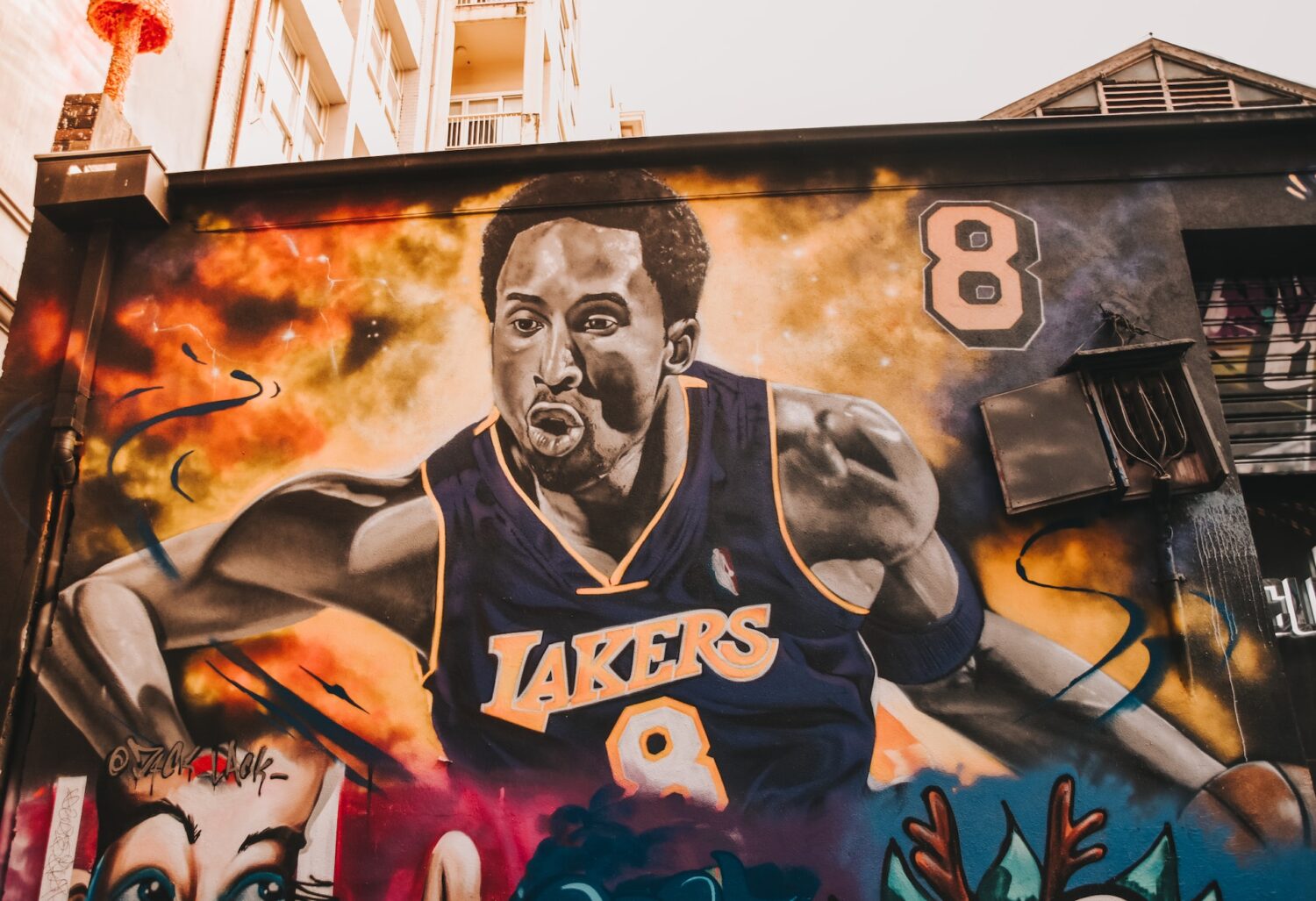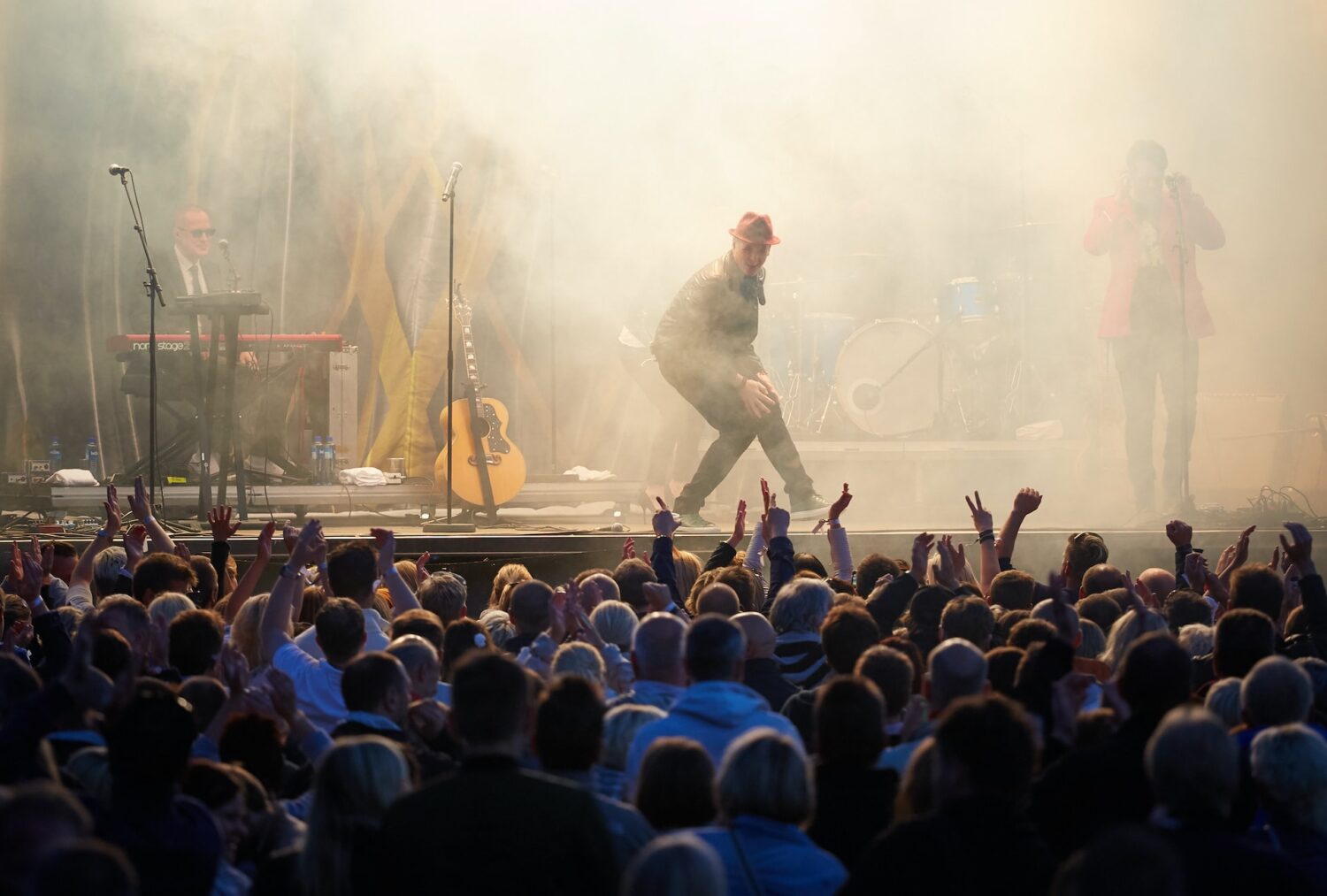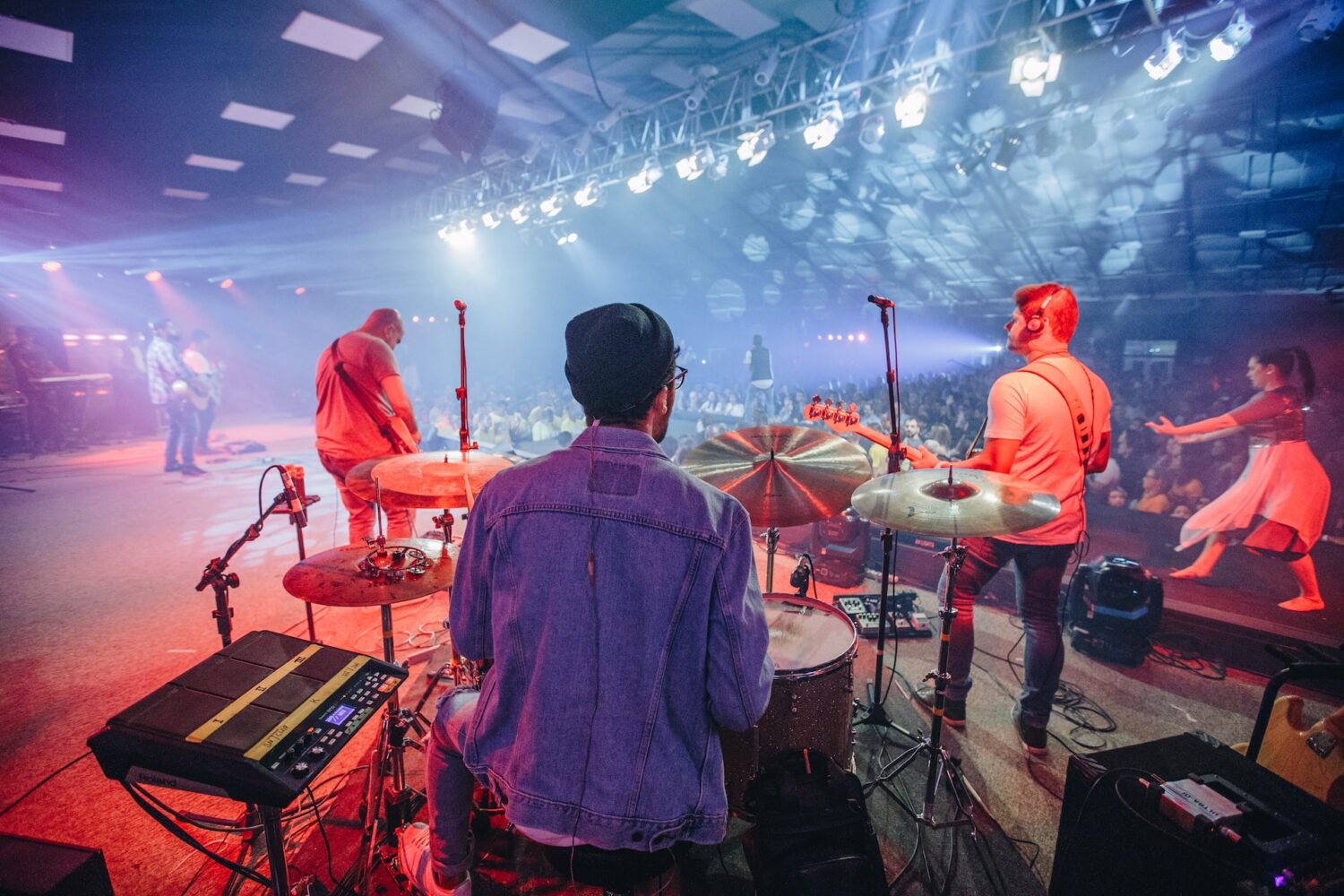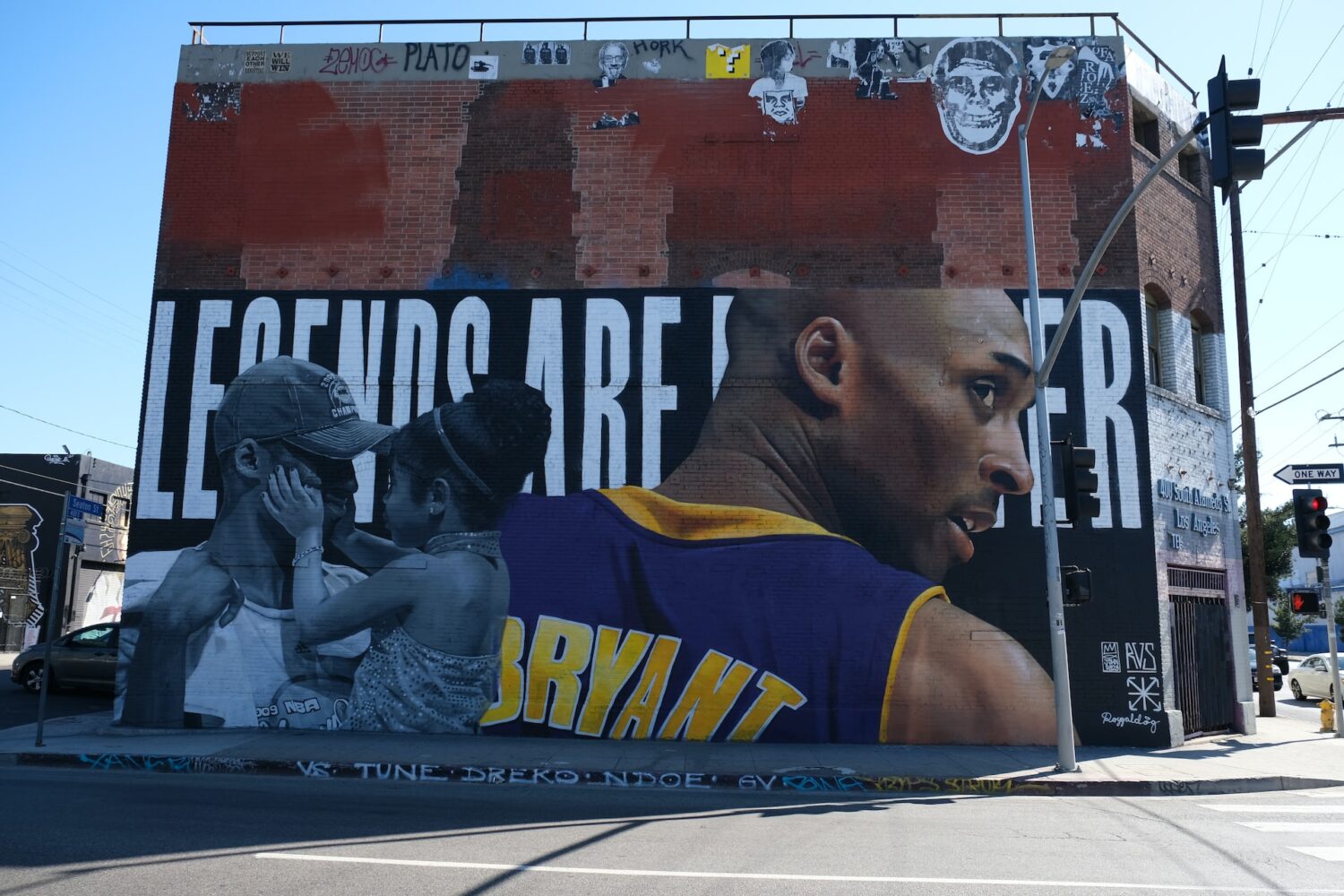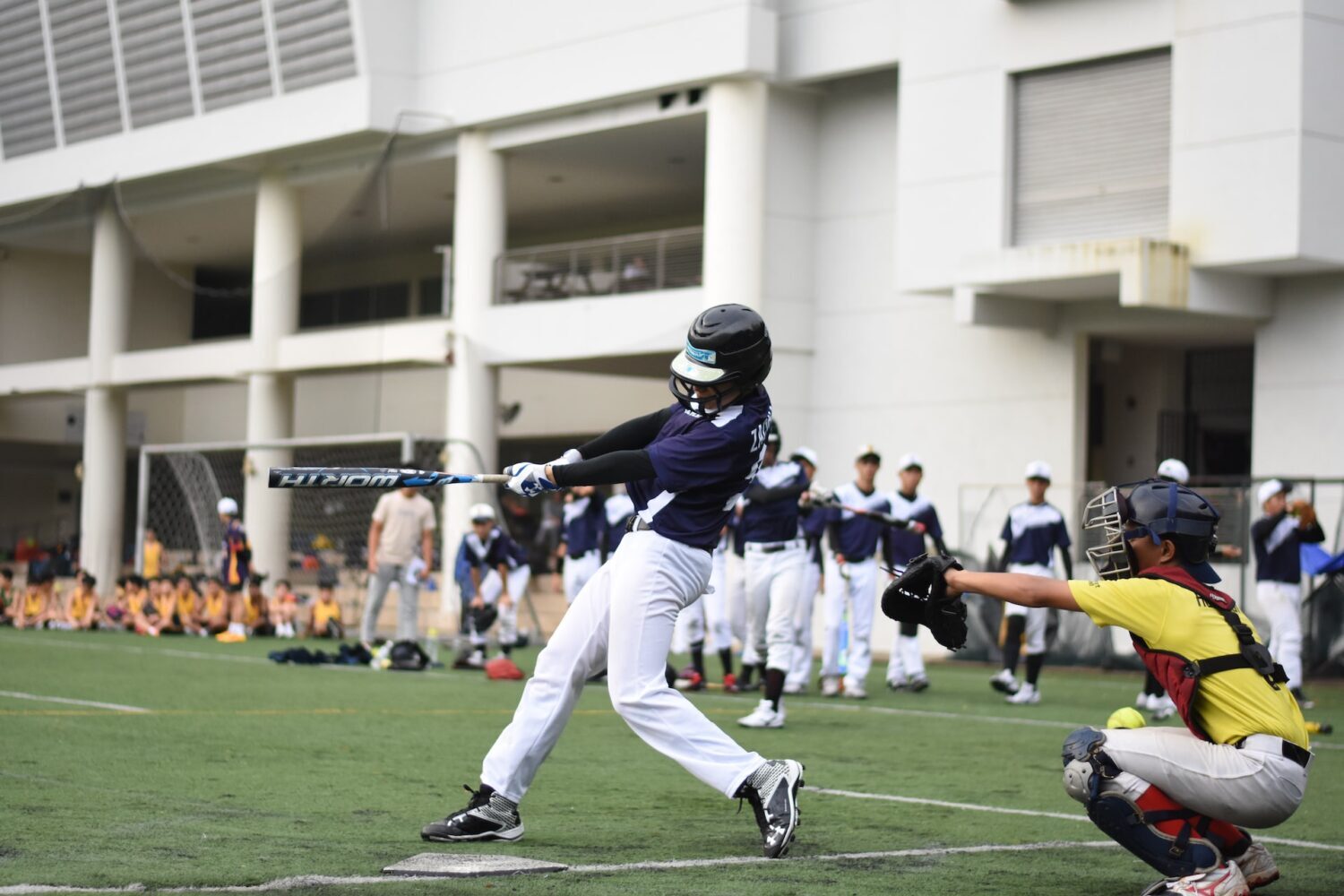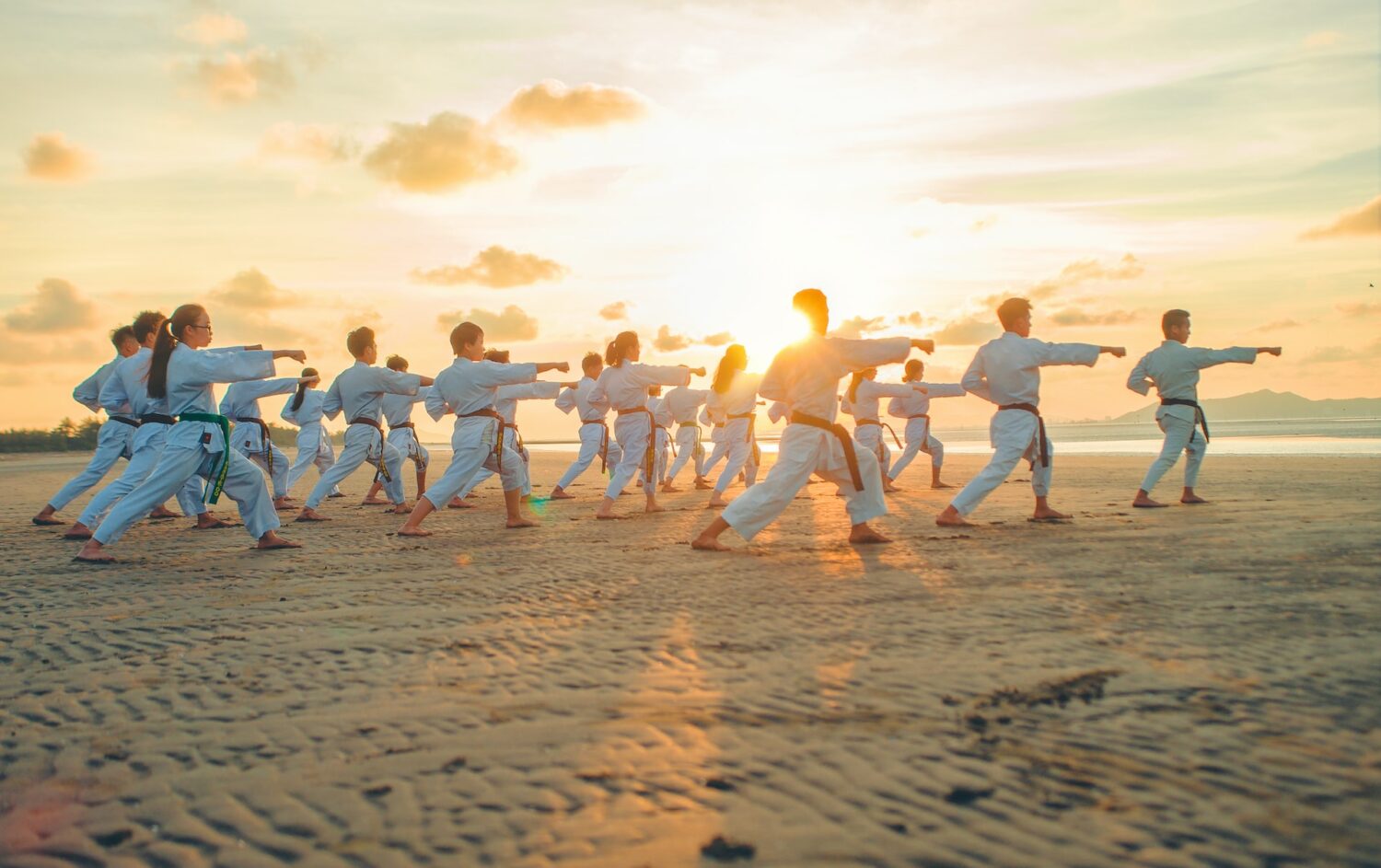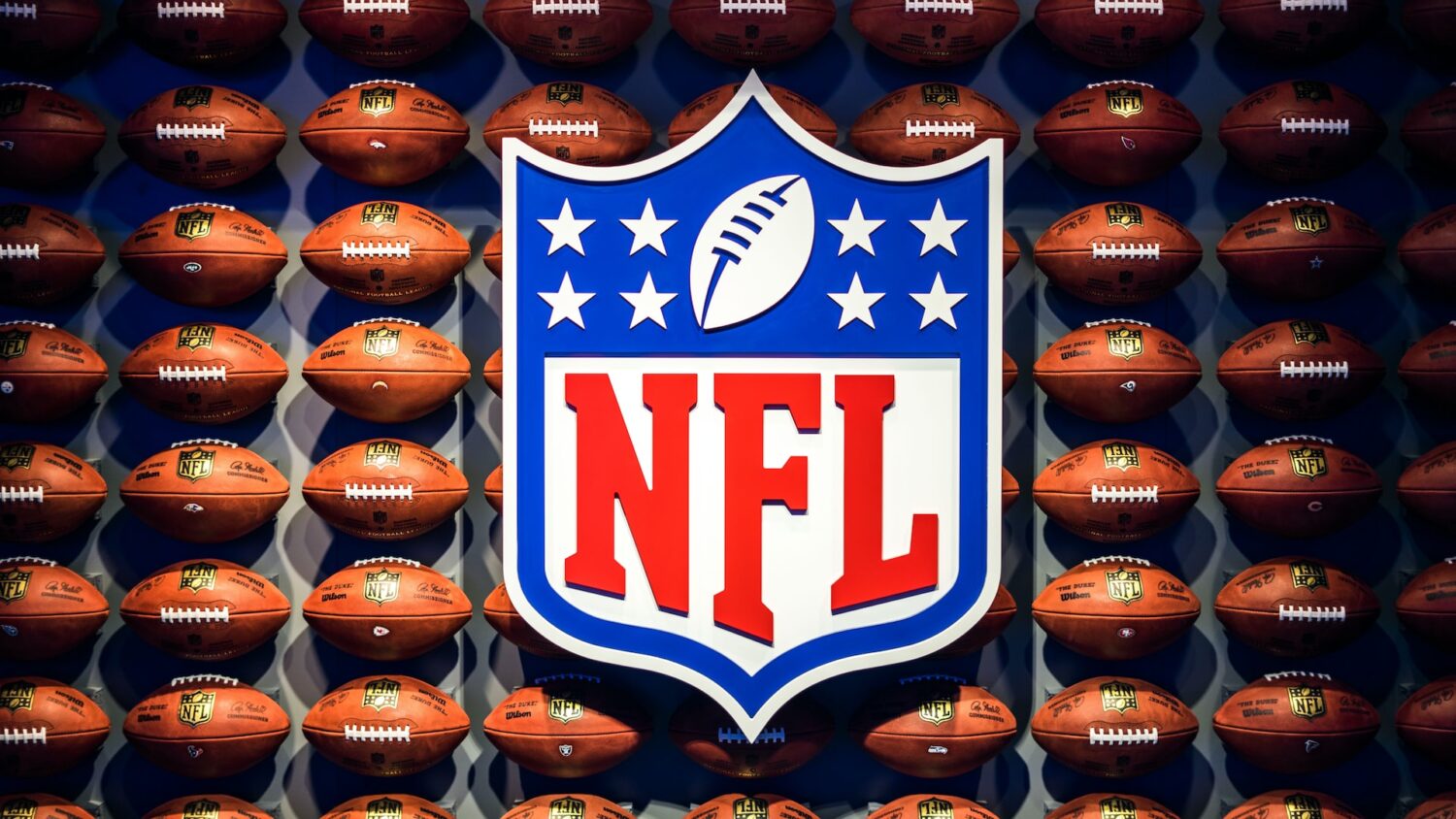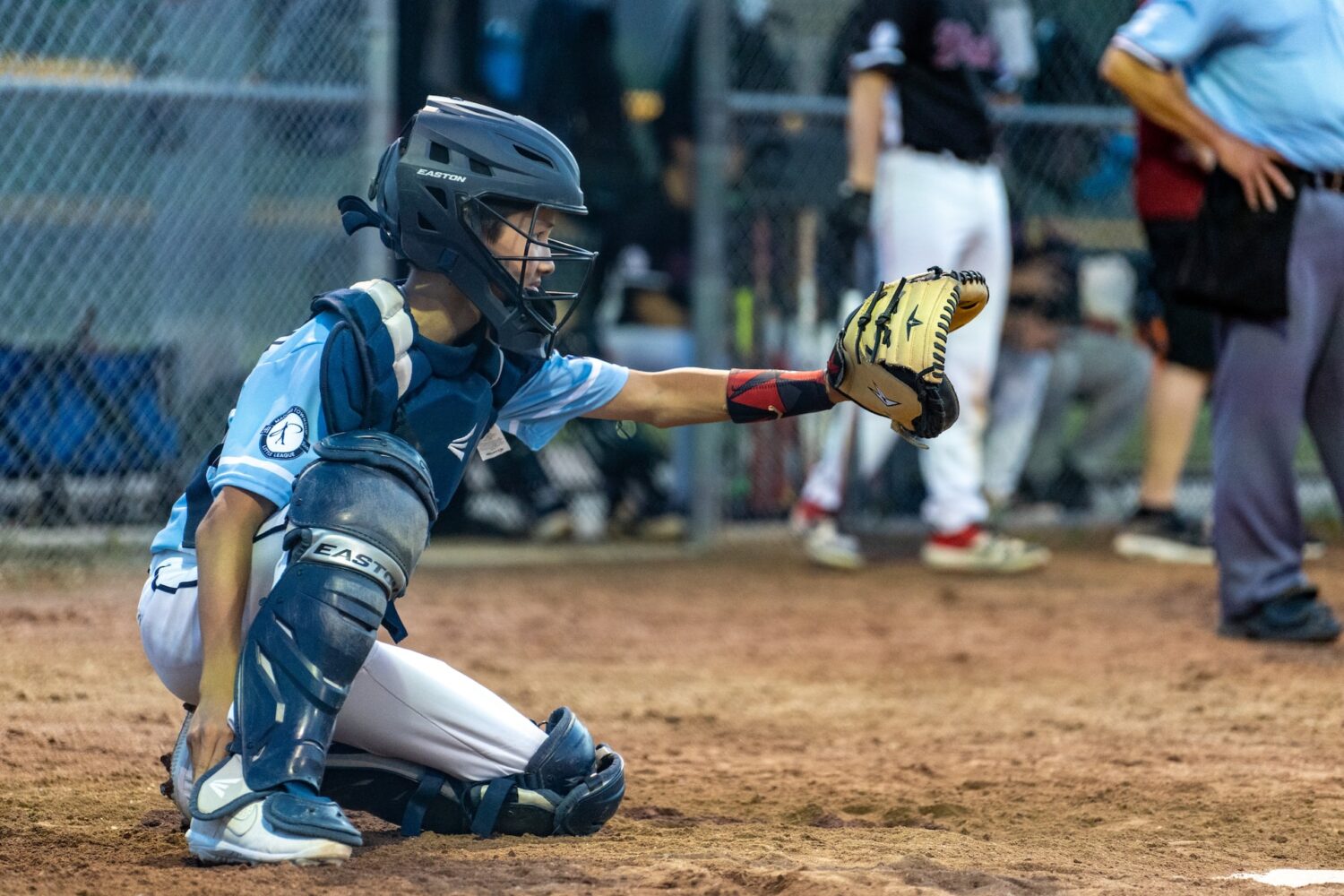
Have you ever been to a WNBA game or a NWSL game? How many fans were in the stands to watch? In 2016, the WNBA recorded it’s highest ever attendance average, 7,655 fans per game, a nearly 5% increase from 2015. In comparison, the lowest attendance average for any team in the NBA during the 2015-16 season was the Phoenix Suns’ 16,881 fans.
A nearly 10,000 fans difference.
This is part of the problem when addressing the gender pay gap. As a society we are outraged when we hear about the gender pay gap, in sports or any other profession, but how much are we actually doing to help close that gap?
Before we get into what we can, and should, do to help close the sports pay gap, let’s talk about some numbers.
107,500
Diana Taurasi is a 3-time WNBA Champion, 2-time Finals MVP, 7-time WNBA All Star and a 4-time Olympic gold medalist. She is arguably the WNBA’s top player, and in 2014 she was paid a salary of $107,500, the league maximum. Taurasi actually decided to accept a deal with her Russian team, UMMC Ekaterinburg (WNBA players often play overseas during the off season) to sit out the season and rest. The team paid her $1.5 million for the winter season, and it made more sense to please her Russian team than to play for her WNBA salary.
Meanwhile, according to Newsweek, the NBA league minimum for the 2015-16 season was $525,000, almost five times higher than the highest paid WNBA player.
Granted there are huge differences in the revenue the NBA racks in and what the WNBA brings in, and women play less games per season than the men. But even when you take revenue into consideration, the gender gap remains significant.
5x
In 2014, the total prize money for the PGA tour was more than five times that of the 2015 LPGA tour (which was the tour’s new high). The PGA prize money totaled more than $340 million, while the LPGA totaled only $61.1 million. The LPGA’s leader in prize money for 2015, Lydia Ko, earned about $2.8 million, while Jordan Spieth, her PGA counterpart, earned $12 million.
1,000
That’s how much the USA Hockey Women’s team was paid per month in the six months leading up to the Winter Olympics, $1,000, and reportedly earned close to nothing the rest of the year and in between the games. The team was ready to boycott the World Championship in 2017 and only reached a settlement with the governing body a few days before the World Championship began. The governing body eventually came to an agreement with the team that included a higher stipend per month.
99,000
The US Women’s National Team is arguably the best soccer team in the world. They’ve been World Cup Champions three times and won four Olympic gold medals. By medal and trophy count, they are far more successful than the US men’s team. But the women get paid $99,000 a year if the team wins 20 friendlies, the minimum number of exhibition matches. The men get paid $263,320, to do the same, with $100,000 guaranteed even if they lose. Plus, the men get paid more for every game they play beyond the 20 game minimum, the women do not get paid anything extra.
In 2016, five members of the USWNT decided to take action and sued U.S. Soccer for pay discrimination, arguing that they perform better than their male counterparts and their revenue is rising (their 2015 World Cup Final victory over Japan was the most watched soccer game in US history, with 25.4 million viewers). They argued they should therefore be paid equally to the men’s team.
50/50
There are some sports where women and men are, for the most part, paid equally. Female tennis players are probably the highest paid women athletes, in part due to endorsements and sponsorships. But we must give credit to the Grand Slam tournaments, where cash prizes, for the Australian Open, the French Open, Wimbledon and the U.S. Open, are equal for men and women. But those are only four tournaments, and female tennis players reportedly earn less for some of the other tournaments.
The World Major Marathon series, including the New York, Boston, Tokyo, Chicago, London and Berlin Marathons, each award the leading man and woman half a million dollars each.
Can We Close the Gap?
The World Economic Forum recently shared a very grim perspective on the gender wage gap, saying it’s not going to close any time soon. The Forum cited a report by a UK and Australia advocacy group called Women on Boards, which highlighted the number of women in governing roles, or lack thereof.
According to Women on Boards, in 2016 women made up less than 30% of the International Olympic Committee (IOC). There were only four women on the 15 member committee. That same year, many of the world’s National Olympic Committees failed to reach a target of 20% minimum females in decision making positions, set by the IOC, and many were below 30%.
If we want women to succeed in sports, and earn as much as their male counterparts, we need to ensure they have a felt presence in the athletic world. The process has to start at an early age. Girls should be encouraged to kick around a soccer ball and shoot hoops. They must be taught that one day they can become a professional athlete, and the practice and time are worth it.
As adults, we need to begin supporting female athletes. Not just by voicing our outrage about the pay gap on social media sites, but with action. Fill the stands at WNBA games, go watch the LPGA, demand that your local sports channel air more women’s games. If the revenue rises, it gives the athletes another reason to demand that pay be equal, or at least closer to their male counterparts.
We must also advocate for women on the business and decision making side of the athletic world. Women should not be just athletes fighting for a better paycheck, they must find their place among the ranks of owners, executives and decision makers. We must demand an equal representation on the Olympic boards and athletic associations.
Women aren’t weaker. Their level of competitiveness isn’t lower. So far, history may have dictated that male sports are more entertaining, more powerful. But as in all aspects of life, we must learn from history and change for the better.



